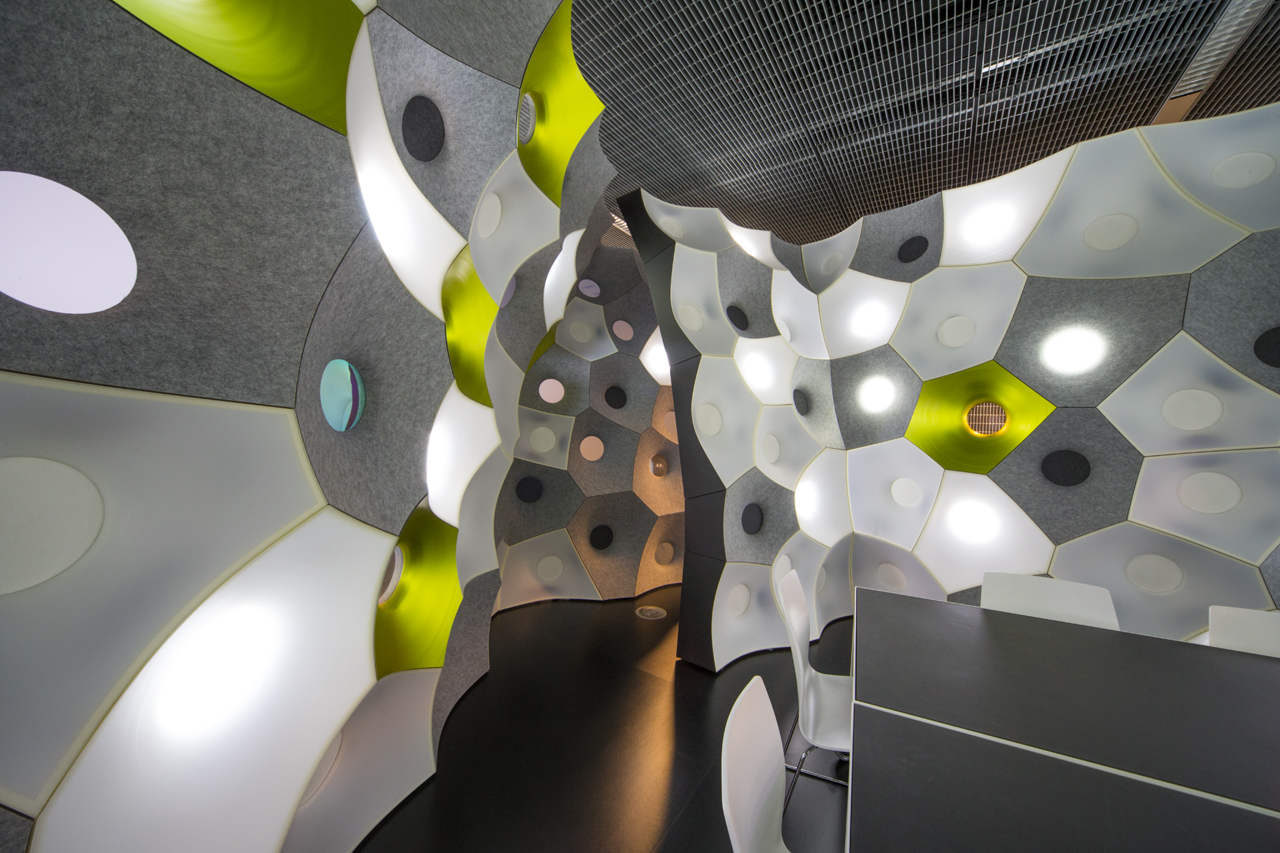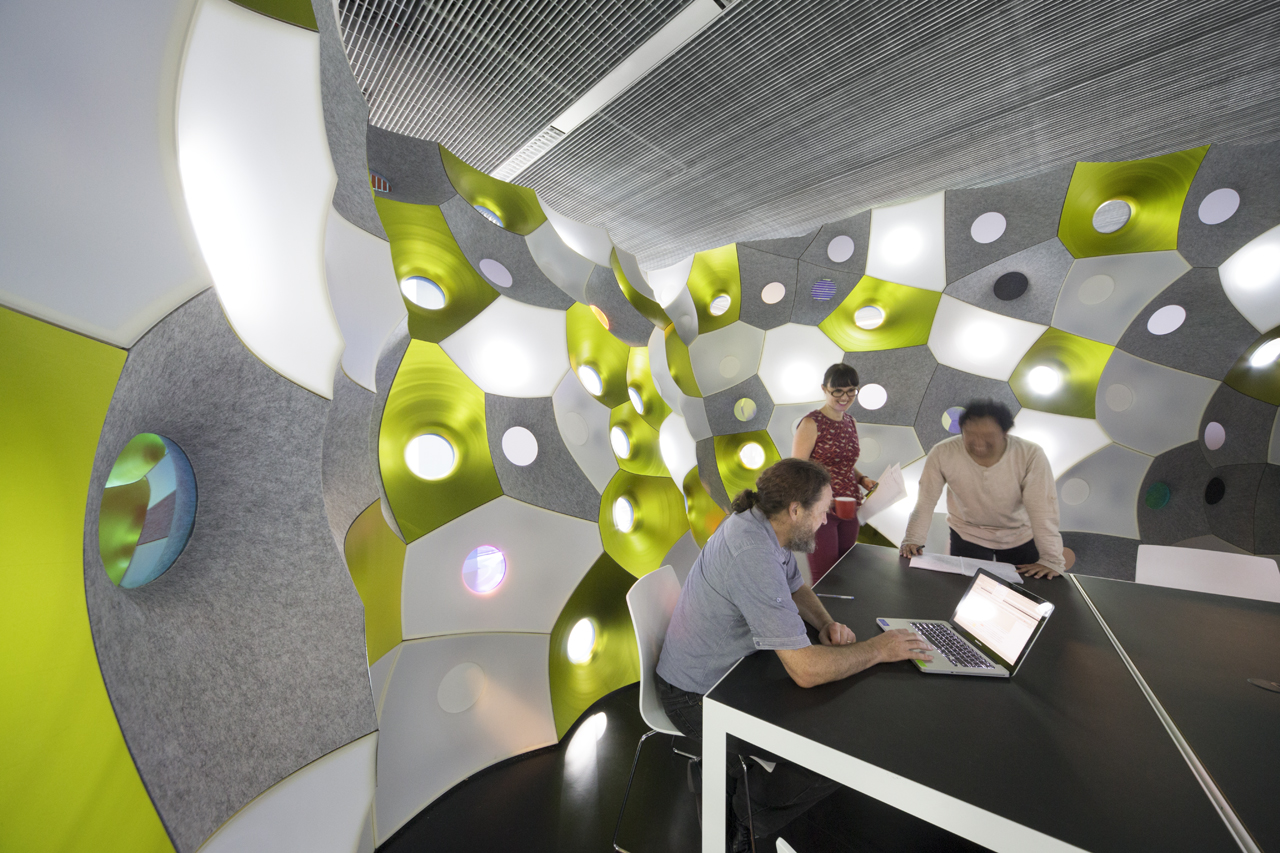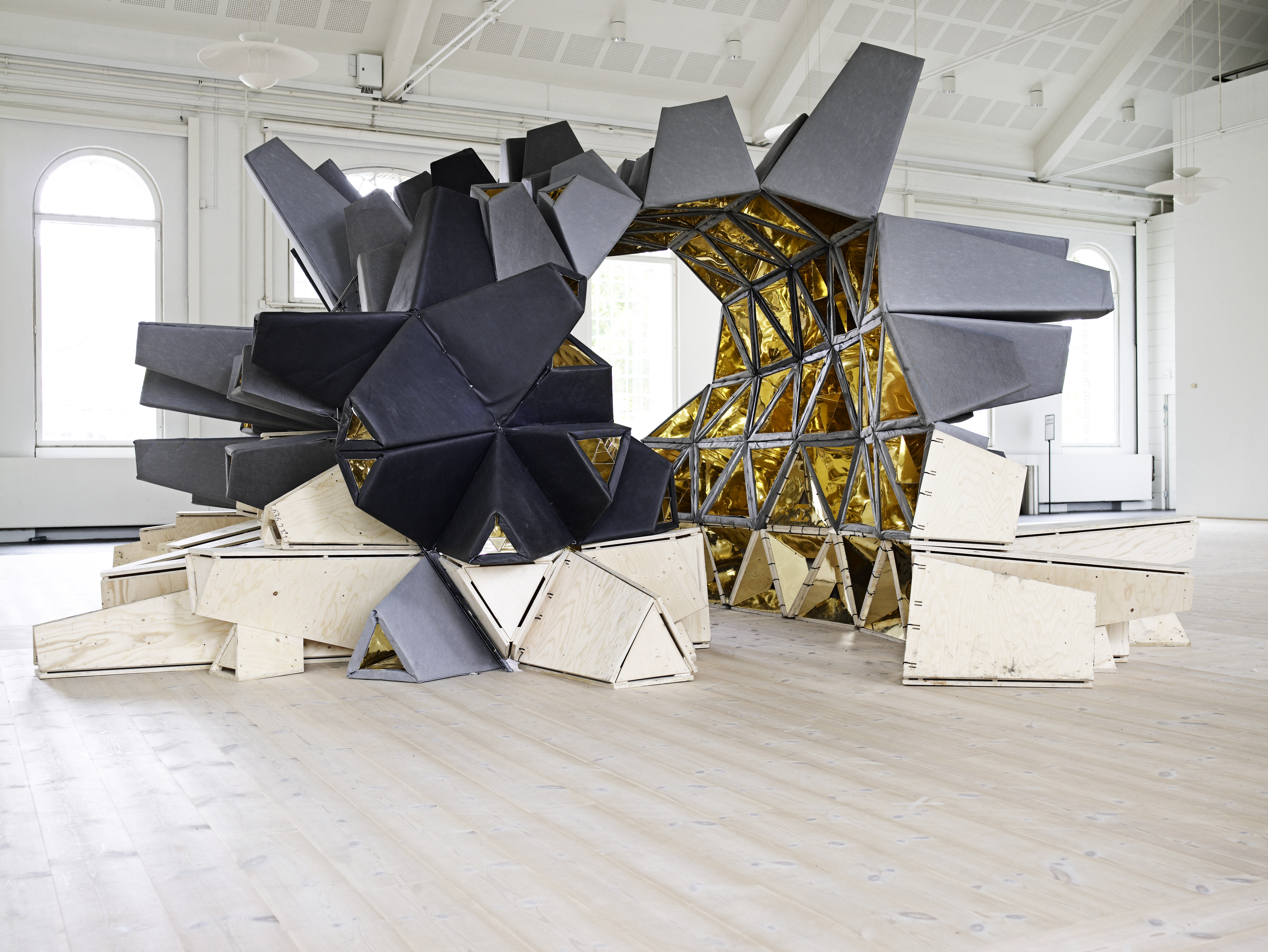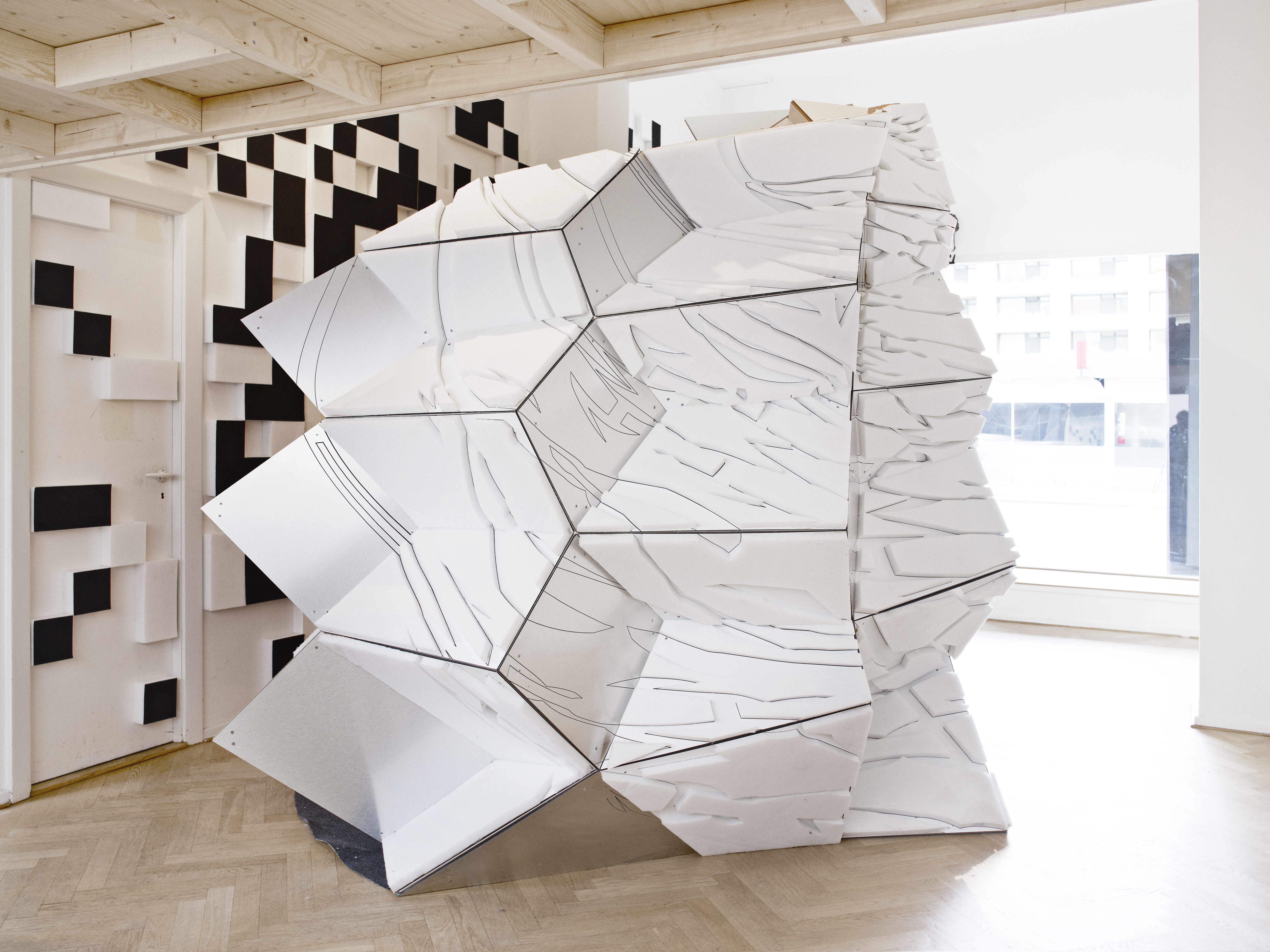07.02.17 - Sound design: Brady Peters tackles the “Noise in the City”
“In Toronto alone, the number of official noise complaints to the City has more than doubled since 2011, rising roughly in tandem with the new skyscrapers that are causing endless construction commotion downtown” writes Matthew Hague of The Globe and Mail.
He describes how designers such as Pierre-Emmanuel Vandeputte have taken inspiration from this nuisance to create noise-blocking and sound-dampening solutions like Diplomate, a desk-partition for offices, and Cork Helmet a dome on a rope that lowers onto the user’s head.
Hague's recent article, "Sound off," profiles Daniels Faculty Assistant Professor Brady Peters, who believes that sound/noise can be made more pleasant through the design of the physical environment. Peters’ research focuses on auralization, that is, exploring ways to communicate and investigate sound.
“While architects have many tools to help draw, investigate and explore the way buildings look, there aren’t similar technologies to test and understand how a space might sound," Peters tells Hague. "Visualization is easy, auralization not so much.”
Peters worked with an international team to build the FabPod, a meeting room that showcases the innovations of acoustically driven design. Hague describes it as a cavernous space seemingly made up of a cluster of bubbles. The meeting room is located in the open-plan office of the Royal Melbourne Institute of Technology Design Hub in Melbourne Australia.
Peters teaches graduate level courses in design studio, computational design, comprehensive building design, and visual communication focusing on parametric modelling and digital fabrication. He also teaches computation and design in the undergraduate program. He completed his PhD at the Royal Danish Academy of Fine Arts School of Architecture in Copenhagen focusing on computational methods for predicting, measuring and evaluating sound in architectural spaces. Prior to this, he was an associate partner at Foster + Partners. One of his most notable projects with the firm is the new roof enclosure for the Smithsonian Institution in Washington DC.
Recently, Peters has received a Connaught New Researcher Award from the University of Toronto and a grant from the Federal Natural Sciences and Research Council which will go towards furthering his research on sound.
For the full article on Peters and his work, visit the Globe and Mail's website.





